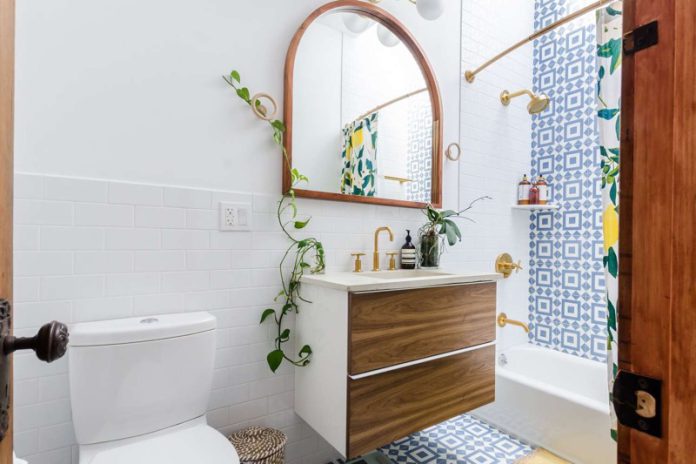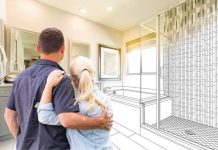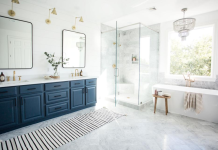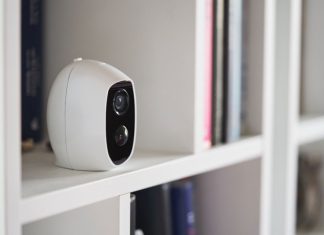Bathrooms provide ideal conditions for mold and mildew growth due to a combination of moisture, heat and bacteria. Mold spores can trigger allergies and other health problems such as sneezing, runny nose and itchy eyes – symptoms that resemble those seen with colds.
As it can be hard to determine whether you have a mold issue in your bathroom without conducting tests, certain indicators you can look for will point toward possible trouble spots. After going through the blog, You can visit the following link to learn more about preventing bad smells from the shower drain.
1. You Smell It
Mold and mildew thrive where water or moisture collects. Although not easily visible to the naked eye, mold and mildew may become visible as dark spots or discolorations on walls, ceilings or behind picture frames.
If your family members experience respiratory symptoms like sneezing, coughing, runny nose or itchy eyes/skin that do not respond to over-the-counter medication, this could be a telltale sign of mold in their bathroom.
Mold and mildew infestation is easily identifiable by its musty odor. Depending on its species, its aroma ranges from decayed leaves or damp basements to rotting or wet basements.
To reduce mold growth in your bathroom, ensure it is cleaned regularly, with fans running continuously during and immediately after each bath or shower session and regularly disinfect your space using disinfectants – these steps may all help.
2. You See It
Mold spores can infiltrate even surfaces that appear dry and clean, so it is vital to treat them with disinfectant or antifungal cleaners every time you wipe down surfaces in your bathroom.
Look for dark greenish-black or black spots on walls, caulking, shower curtains or floors. These moisture indicators could indicate serious moisture issues that need immediate resolution.
To remove drywall and wood trim mold spots, scrub visible patches with a stiff brush or sponge and apply chemical solutions. Wear protective gloves and a face mask while cleaning to avoid inhaling invisible spores; ventilate the room during this process.
You should also periodically check ducts and vents for mold clusters due to fluctuations between heating and air conditioning which cause moisture build-up, which leads to Stachybotrys black mold growth.
3. You Feel It
Mold thrives in dark and damp spaces like bathrooms. Cracked grout lines, broken toilet seal rings and lack of ventilation pose potential moisture-related problems in this space – thus prompting regular checks for signs of mildew or mold growth, particularly around sinks, bathtubs and showers. Also important are crawl spaces or basements beneath bathrooms which house bathrooms to check.
Mold can release spores into the air that can trigger allergic reactions in some people, often manifesting themselves through symptoms like runny noses, sneezing fits, watery eyes or itchy skin.
If these symptoms appear year-round or are more prevalent in certain areas of your home, they could result from mildew and mold growth. Use bleach, hydrogen peroxide or an antimicrobial cleanser to eradicate it and keep it from returning.
4. You See Ants
Ants entering your bathroom could be a telltale sign of an infestation, and it is crucial to determine their source. Carpenter ants, Pharaoh ants or Yellow Ants might all enter in search of food, water and shelter – so we must find where these pesky invaders have come from before trying to eradicate them from our property.
These ants are drawn to moist areas such as kitchens and bathrooms, where moisture-laden air can gather. Once attracted, they form nests in wall voids, floor dividers or cracks within walls or floors – and eventually move out with food waste.
If your ant problem could be due to mold, it’s essential that any leakages be repaired and ventilation improved. A disinfectant cleaner with antifungal properties would also help clean up the area quickly and safely.















